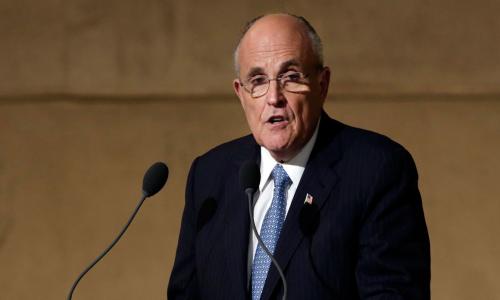As the bickering in Washington continues and we get closer to August 2, the date in which the Treasury estimates the government will run out of money to pay all of its obligations, it makes sense to think about what will happen to your finances if the government does indeed default. Most analysts and economists, including Fed Chairman Ben Bernanke believe that the results of a default would be catastrophic. After all, the collapse of Lehman Brothers nearly brought down the global economy. Lehman Brothers had $600 billion in assets. The debt of the U.S. is more than 20X larger than the assets held by Lehman.
So, what would this scenario look like?
Scenario 1:
Politicians do not reach an agreement by August 2 and the US goes into a technical default.
- The U.S. will lose its AAA debt rating. This rating assumes that Treasuries are risk-free. That means that investors can be 100% certain that they will receive their payments and that their principle is safe and secure. A default, even a short one will shatter that belief. Treasury bonds will be downgraded (there is already discussion about downgrading US debt) and will most likely never recover their former sterling rating. After all, the default, no matter how brief will show that Treasuries are not risk-free.
- This drop in perceived safety and actual drop in rating will increase the yield that investors require to hold Treasuries. Interest rates on medium and long-term debt will shoot up. The cost for the government to borrow will increase, further increasing debt. Financial products that are tied to US Treasuries, like mortgages and other loans will see their interest rates increase.
- Bond prices and stock prices will drop. A default in Treasuries will reprice not only Treasuries but other corporate and municipal bonds. If Treasuries can default, then what about other debts? The perceived safety of all debt will drop and this means that yields will rise, increasing borrowing costs. Stocks will drop. Investors make decisions to allocate between stocks and bonds based on asset comparisons and risk-reward analysis. A downgrade of Treasuries will throw all of these calculations into disarray, prompting chaos and a potential flight out of stocks.
- U.S. Treasury Securities are one of the most widely held financial instruments in the world. Pension funds, insurance companies, banks, individual investors and more hold these investments. If Treasuries no longer pay, then whole markets will stop functioning. Pension funds that hold their assets for safe keeping in Treasuries will no longer have cash to distribute; insurance companies may not have funds to pay out.
- The dollar drops as investors bail out of Treasuries.
Scenario 2:
Politicians do not reach an agreement and the debt goes into a technical default. Crossing the line scares politicans who eventually do reach a deal to raise the debt ceiling and bring spending and the debt under control.
Under this scenario a technical default may actually strengthen the bond market and the economy, reversing many of the effects discussed under scenario 1. Why? Because a few days of delay in paying its obligations will result in a long-lasting plan to bring the country's finances under control. Stanley Druckenmiller, a legendary investor was interviewed by the Wall Street Journal:
" 'I think technical default would be horrible,' he says from the 24th floor of his midtown Manhattan office, 'but I don't think it's going to be the end of the world. It's not going to be catastrophic. What's going to be catastrophic is if we don't solve the real problem,' meaning Washington's spending addiction."
To me, this is the crux of Druckinmiller's argument and it makes intuitive sense. Which piece of paper would you prefer to hold?
"Here are your two options: piece of paper number one—let's just call it a 10-year Treasury. So I own this piece of paper. I get an income stream obviously over 10 years . . . and one of my interest payments is going to be delayed, I don't know, six days, eight days, 15 days, but I know I'm going to get it. There's not a doubt in my mind that it's not going to pay, but it's going to be delayed. But in exchange for that, let's suppose I know I'm going to get massive cuts in entitlements and the government is going to get their house in order so my payments seven, eight, nine, 10 years out are much more assured," he says.
Then there's "piece of paper number two," he says, under a scenario in which the debt limit is quickly raised to avoid any possible disruption in payments. "I don't have to wait six, eight, or 10 days for one of my many payments over 10 years. I get it on time. But we're going to continue to pile up trillions of dollars of debt and I may have a Greek situation on my hands in six or seven years. Now as an owner, which piece of paper do I want to own? To me it's a no-brainer. It's piece of paper number one."
The reality is that even the savviest investors do not really know what will happen in the case of a technical default. This is unchartered territory. The best thing that can happen is that the debt ceiling is raised along with a serious approach to bring our fiscal house to order. The approach is tricky because any cuts or tax increases have the potential to derail a soft economy, and that may exacerbate the debt problem. But isn't that what we elected these officials to figure out?














Add your Comment
or use your BestCashCow account